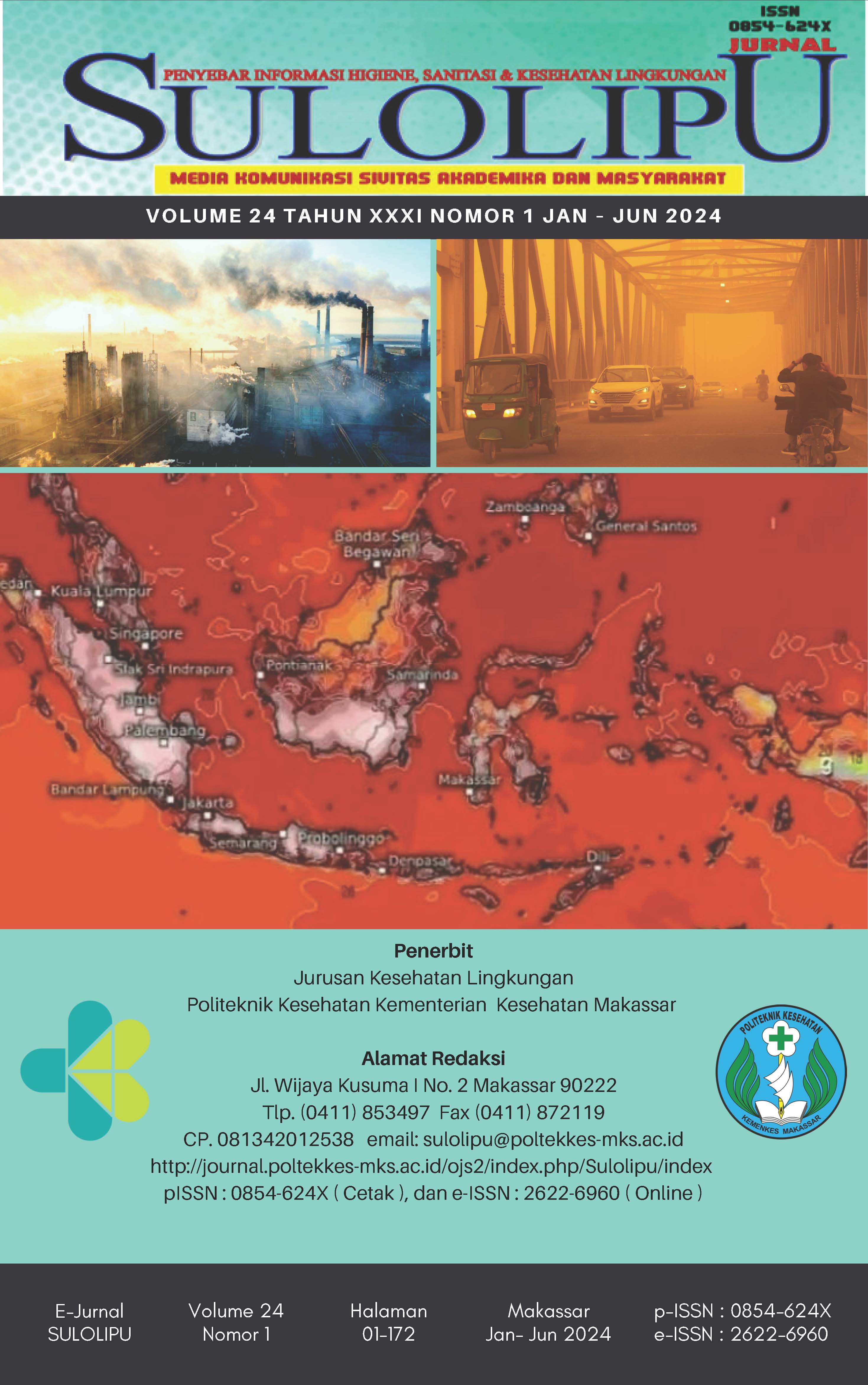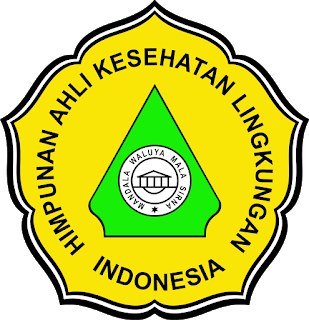Waste Management System at Malimpung Landfill, Pinrang Regency
DOI:
https://doi.org/10.32382/sulo.v24i1.478Keywords:
tempat pemprosesan akhir (TPA), sarana dan prasara, kapasitas daya tampungAbstract
A Waste Final Processing Site (TPA) is a location where all waste is collected safely so as not to cause disturbance to the environment. The condition and management of the malimpung landfill are not good. Lindih in the Malimpung landfill has a lot of seep and leachate water is only accommodated in ponds that are not treated properly so as not to pollute the environment. This study aims to determine the waste management system in Malimpung Landfill, Pinrang Regency. This study is observational by using a descriptive approach to determine the waste management system in Malimpung Landfill, Pinrang Regency. The results of this study show that the facilities and infrastructure in the Malimpung landfill are public facilities such as: entrance roads, guard offices/posts, drainage channels, fences, and signboards. Protection facilities such as; waterproof layer, leachate collection channels, gas vents, buffer areas and overburden. Supporting facilities such as: weighbridge and electricity. operational facilities such as heavy equipment There are 2 excavators and 1 bulldozer and there are 15 garbage transport trucks. And other facilities such as: leachate water treatment plants and monitoring wells. The average amount of waste generation that enters the landfill for 8 days is 76,125 tons / day. The resulting capacity of the Malimpung landfill is 586,000 m³. The landfill manager provides facilities and infrastructure in the form of clean water facilities so that officers do not use dirty water for purposes such as bathing and washing vehicles. Provide workshops and hangars to make it easier if garbage trucks or heavy equipment are damaged.
Keywords: final processing site (TPA), facilities and infrastructure and capacity
References
Dhiva Fadhilla Sananta (2023). Ketersediaan Sarana Dan Prasarana Pada Tempat Pemrosesan Akhir Sampah (Tpa) Desa Landoh Kecamatan Sulang, Kabupaten Rembang (Doctoral dissertation, Universitas Islam Sultan Agung Semarang) http://repository. Unissula .ac .id /28342/
Khairul Rizal Umam. (2017). Evaluasi Kinerja Tempat Pembuangan Akhir (TPA) Sampah Malimpung di Kabupaten Pinrang. (Skripsi, Universitas Hasanuddin : Fakultas Teknik. https://etd.repository.ugm.ac.id/home/detail_pencarian/10347
Manulangga, Oktaviana. G. L. (2022). Estimasi Timbulan Sampah dan Luas Lahan Tempat Pemrosesan Akhir Sampah (TPA) di Kota Kupang. INSOLOGI: Jurnal Sains dan Teknologi,1(2), 133-138. https://doi.org/10.55123/insologi.v1i2. 255
Peraturan Pemerintah (PP) Nomor 81Tahun 2012 tentang Pengelolaan Sampah Rumah Tangga Dan Sampah Sejenis Sampah Rumah Tangga. https://peraturan.bpk.go.id/Download/ 35278/PP%20Nomor%2081%20Tahun%202012.pdf
Undang-undang Republik Indonesia Nomor 18 Tahun 2008 tentang Pengelolaan Sampah https://peraturan.bpk.go.id/Download/ 28462/UU%20Nomor%2018%20Tahun%202008.pdf
Taufik, M., & Harningsih, I. (2021). Sistem Pengolaan Sampah di TPA. Surya Beton: Jurnal Ilmu Teknik Sipil, 5(1), 28-36. http://jurnal.umpwr.ac.id/index.php/suryabeton
Yusran, M. Y., Alimuddin, I., & Nasution, A. 2022. Implementasi Sistem Pengelolaan Persampahan Berbasis Sistem Informasi Geografis (SIG). Urban and Regional Studies Journal, 4(2),84. https://doi.org/10.35965/ursj.v4i2.1397
Downloads
Published
How to Cite
Issue
Section
PDF (Bahasa Indonesia) downloaded: 516



















